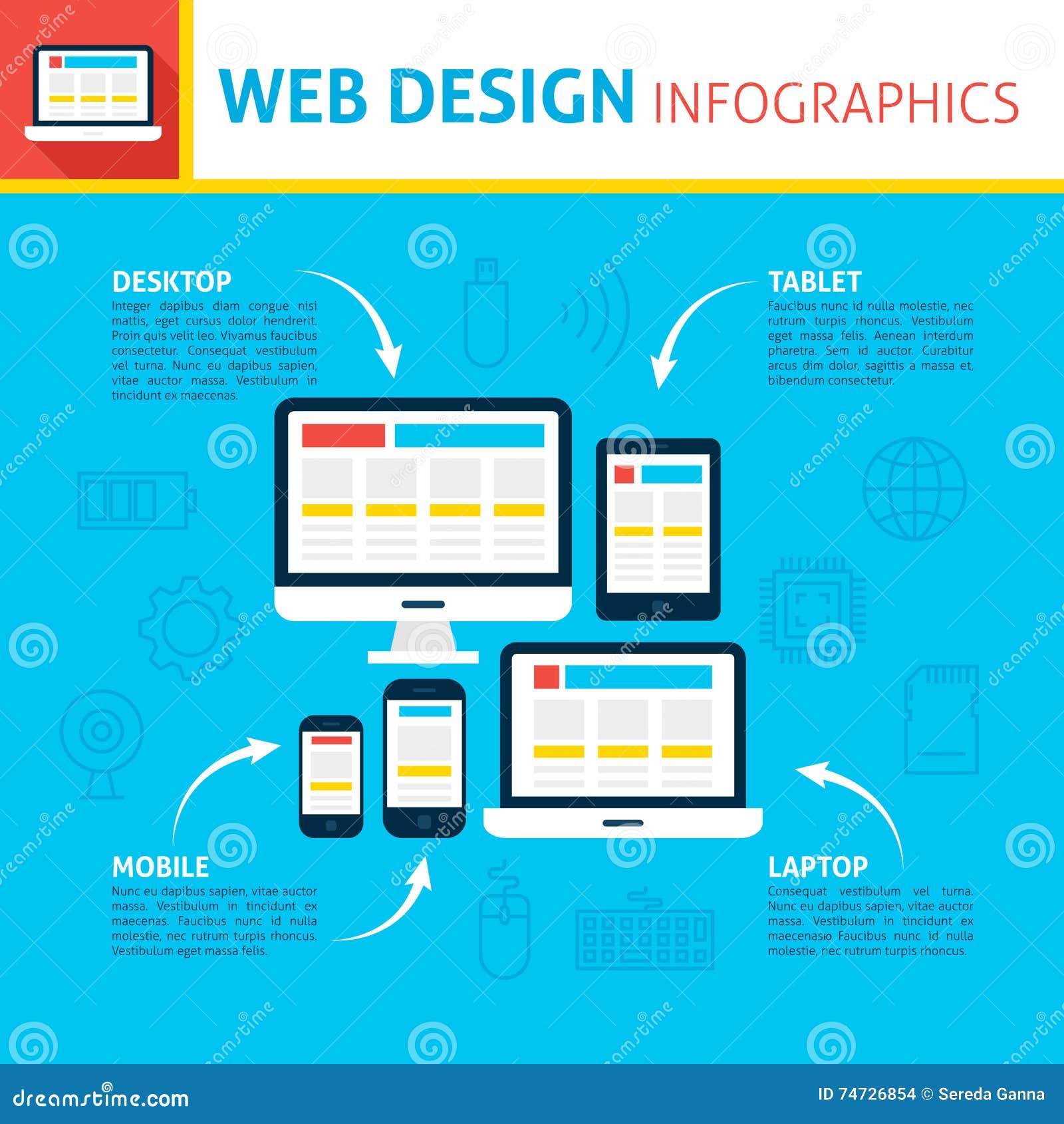Core Principles Of Internet Site Style: Advice For Crafting A User-Friendly Online Existence
Core Principles Of Internet Site Style: Advice For Crafting A User-Friendly Online Existence
Blog Article
visit my home page -Wiley Thrane
When it concerns internet site design, making certain user-friendliness is vital. From responsive style to streamlined navigation, every aspect plays a critical function in producing a website that deals with your audience's requirements. Yet what about the better information that can make or damage a customer's searching experience? Keep tuned as we uncover some often-overlooked tips that can raise your web site's usability to the next level, making it absolutely stick out in the digital landscape.
Importance of Responsive Layout
Responsive layout is a vital facet of modern-day site advancement. Ensuring your internet site is responsive means that it can adjust to various display sizes and devices, offering a smooth experience for customers.
With the boosting use mobile phones and tablets to access the internet, having a receptive layout is important for reaching a wider audience. It assists in enhancing individual experience by making your internet site easy to navigate and read on any gadget.
Furthermore, receptive layout can positively affect your online search engine rankings, as internet search engine like Google focus on mobile-friendly websites. By having a responsive design, you're also future-proofing your internet site, as new tools with differing display dimensions continue to emerge.
Simplify Navigating Framework
To boost individual experience and promote very easy accessibility to information on your website, simplifying the navigation structure is vital. When designing your website, focus on developing a clear and intuitive navigating menu that assists visitors discover what they're trying to find quickly.
Limitation the variety of menu products to the basics, organizing associated web pages together to stay clear of frustrating customers. Use descriptive labels that clearly show the material of each page, making it simpler for users to understand where each link will take them.
Take into consideration applying dropdown menus for subcategories to stop littering the main navigation bar. Furthermore, include a search bar prominently on the web page for individuals that favor looking for details info.
Focus on mobile responsiveness in your navigating design to ensure easy gain access to on all tools.
Maximize Web Page Load Speed
Improving page tons rate is critical for preserving site visitors on your internet site. Slow-loading pages discourage users and can bring about high bounce prices. To optimize page tons speed, start by optimizing images. Compress photos without jeopardizing top quality to minimize their documents dimensions.
Additionally, enable web browser caching to save often accessed sources in your area, speeding up load times for returning visitors. Minify CSS, JavaScript, and HTML data by eliminating unneeded personalities, remarks, and format, enhancing lots speed.
Take into web design and web development making use of a content delivery network (CDN) to distribute your internet site's material throughout multiple web servers worldwide, decreasing latency for customers accessing your website from various places. Lastly, restrict making use of third-party scripts and plugins, as they can dramatically impact lots times.
Final thought
In conclusion, by incorporating responsive layout, streamlining navigation, and optimizing web page lots speed, you can develop an user-friendly web site that attract a broader target market and enhances customer experience. These essential elements make sure that site visitors can easily access and browse your website across various tools, bring about enhanced involvement and fulfillment. By focusing on these key aspects, you can construct a successful web site that keeps users coming back for even more.
